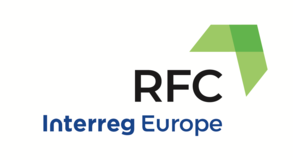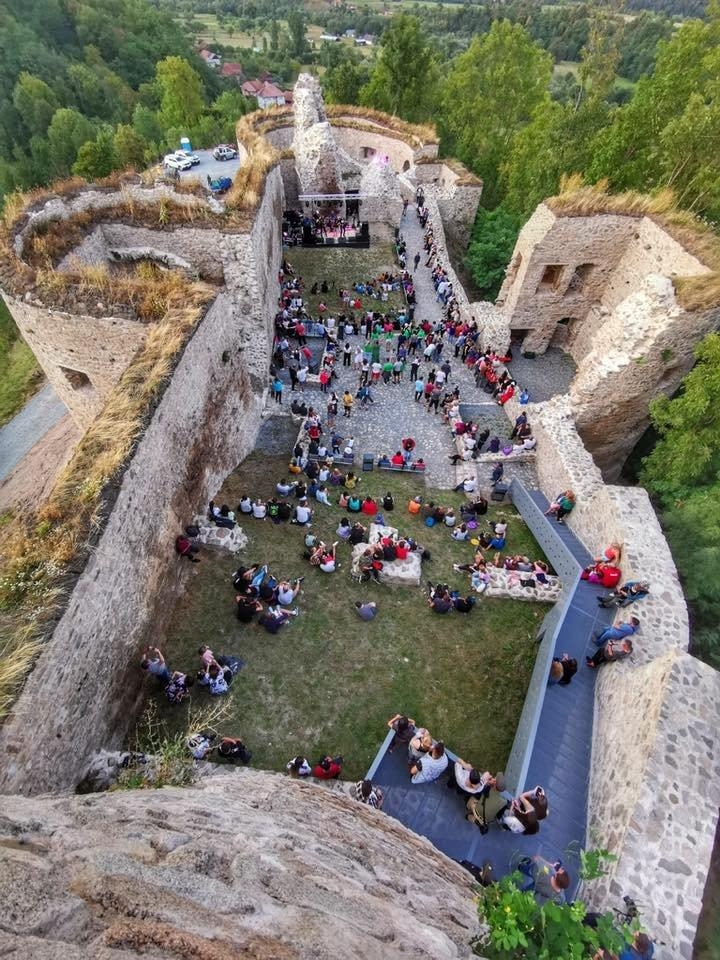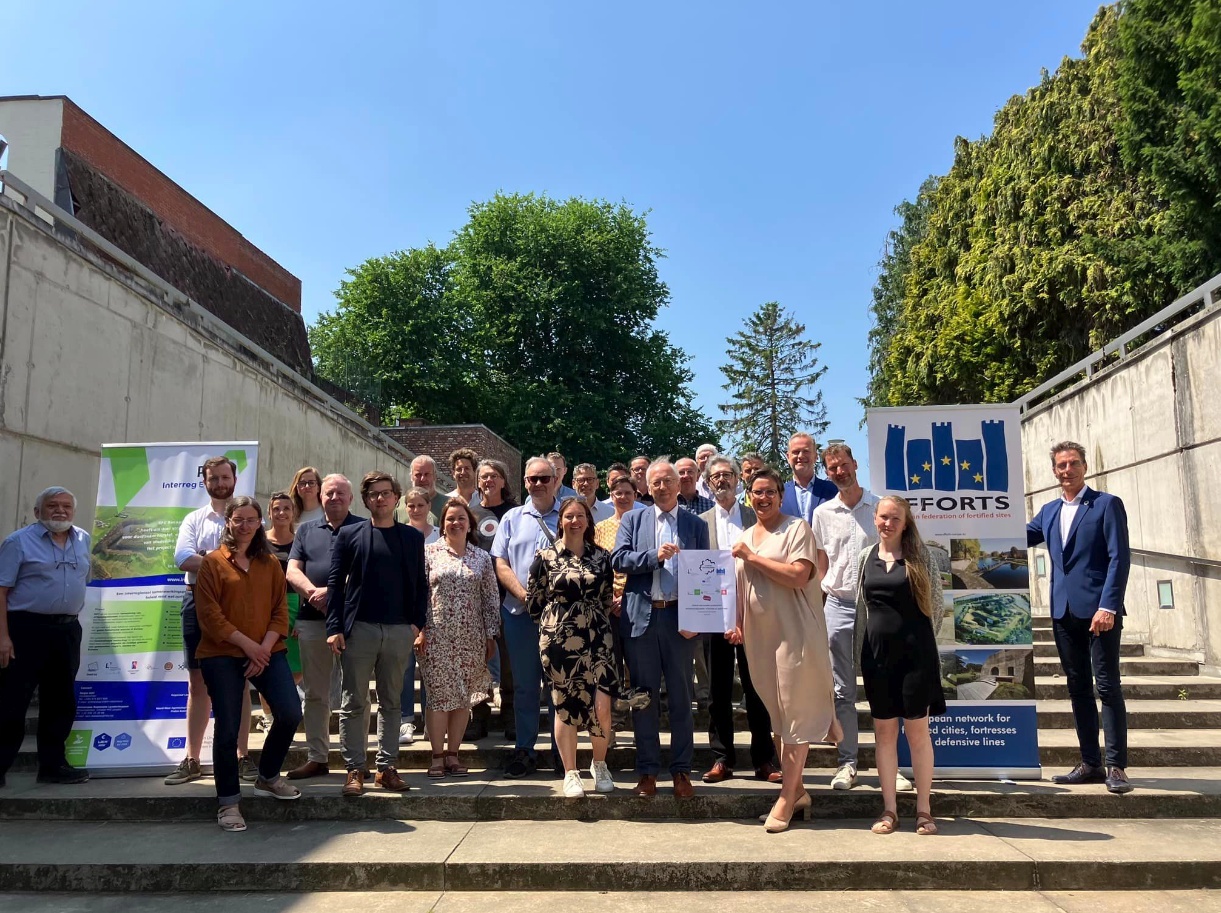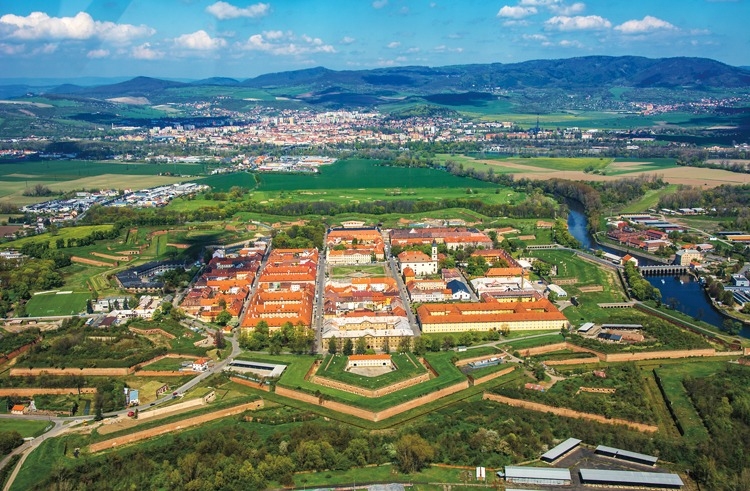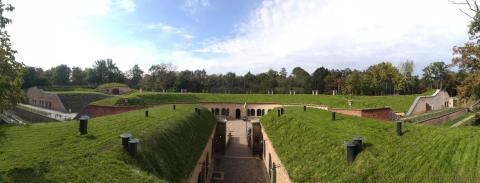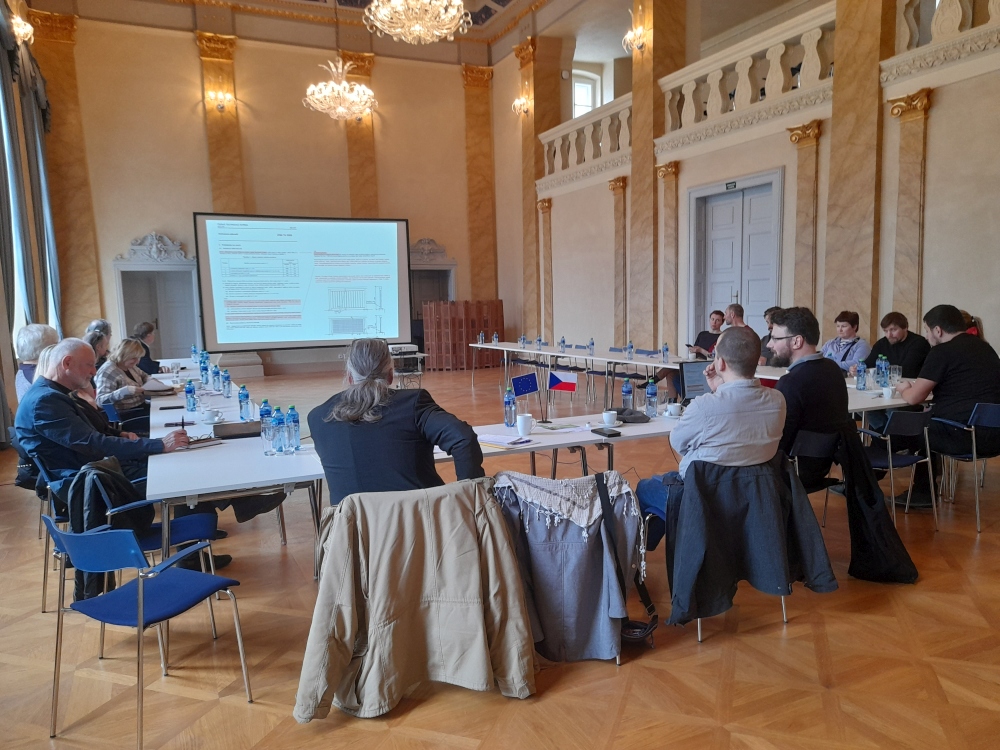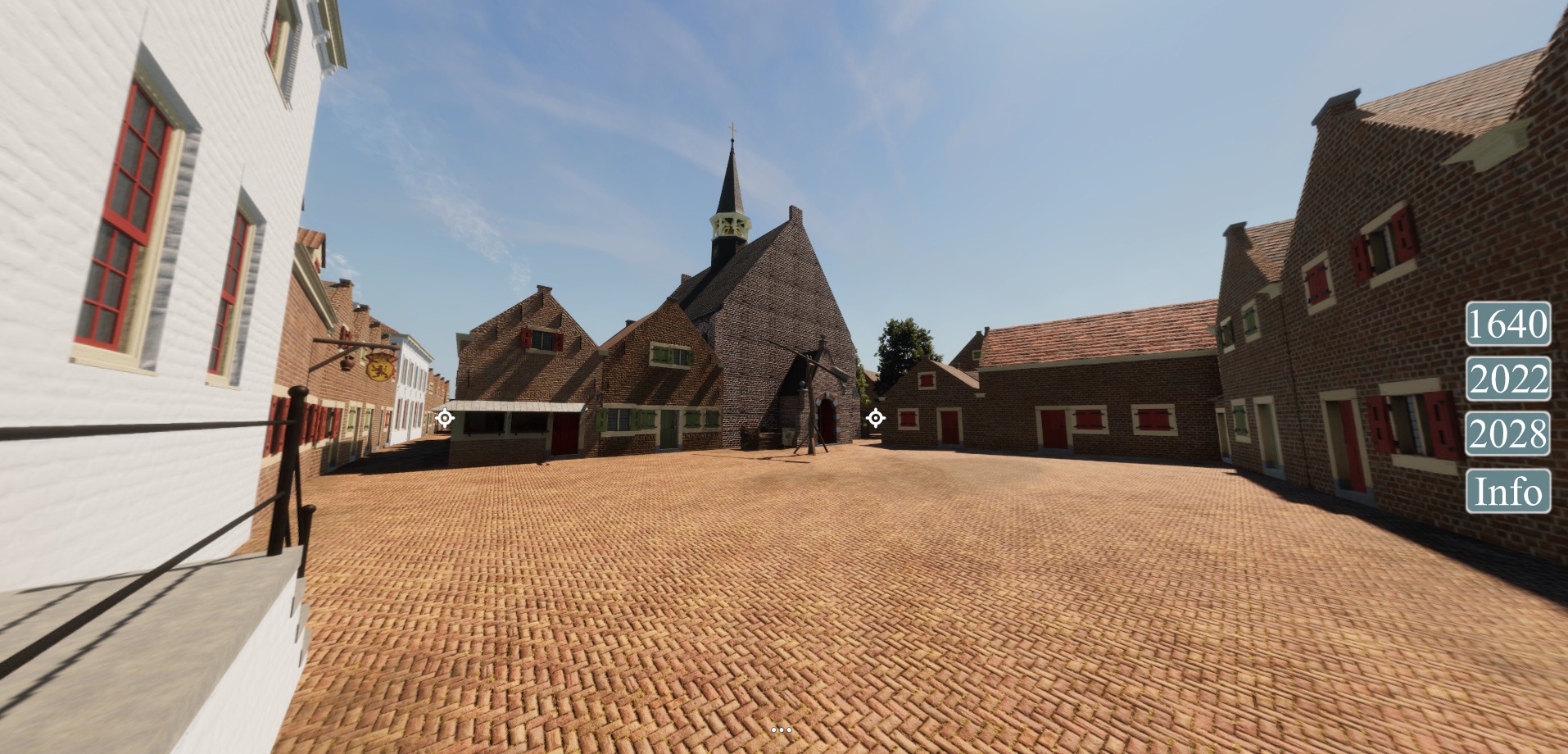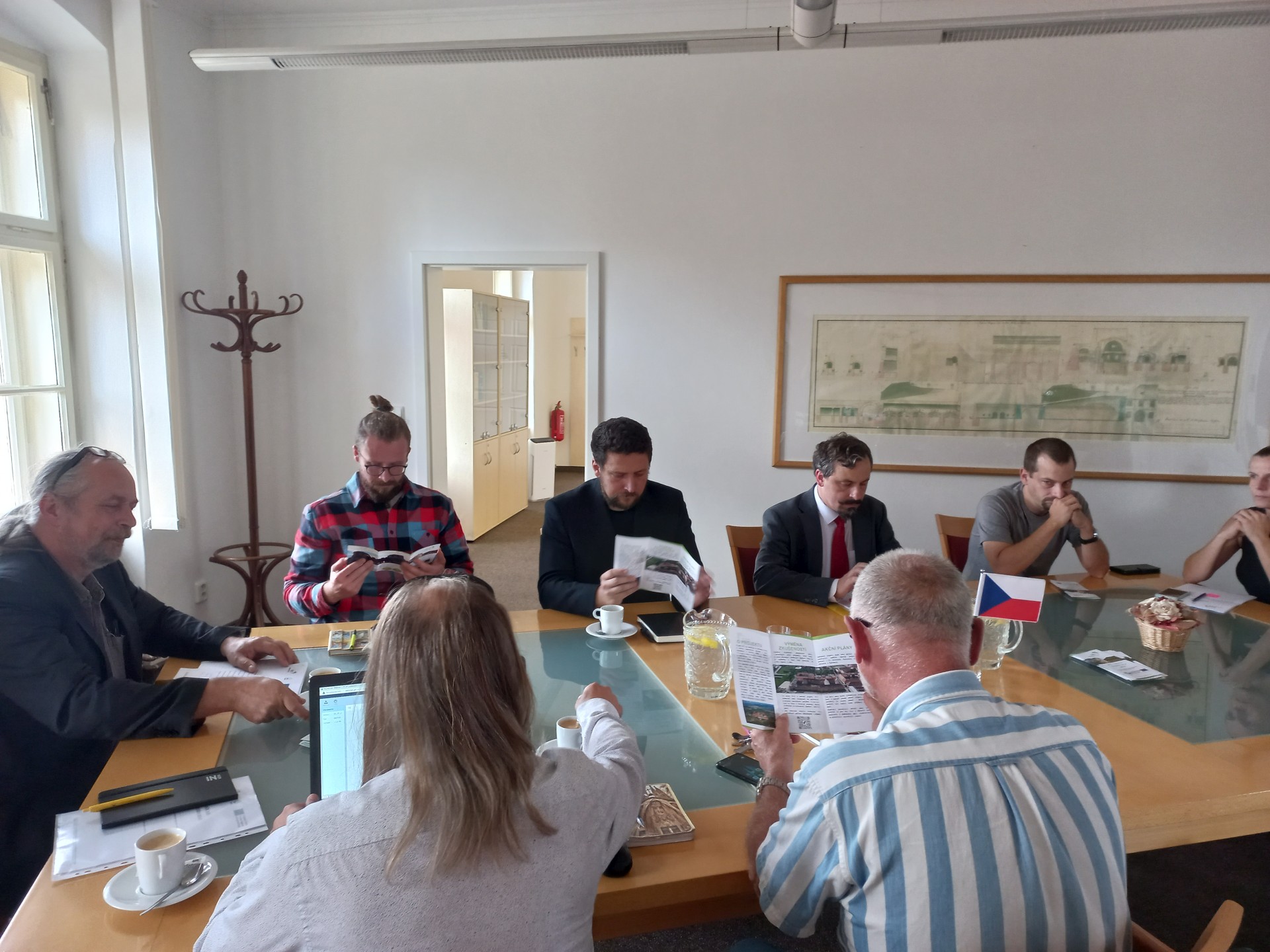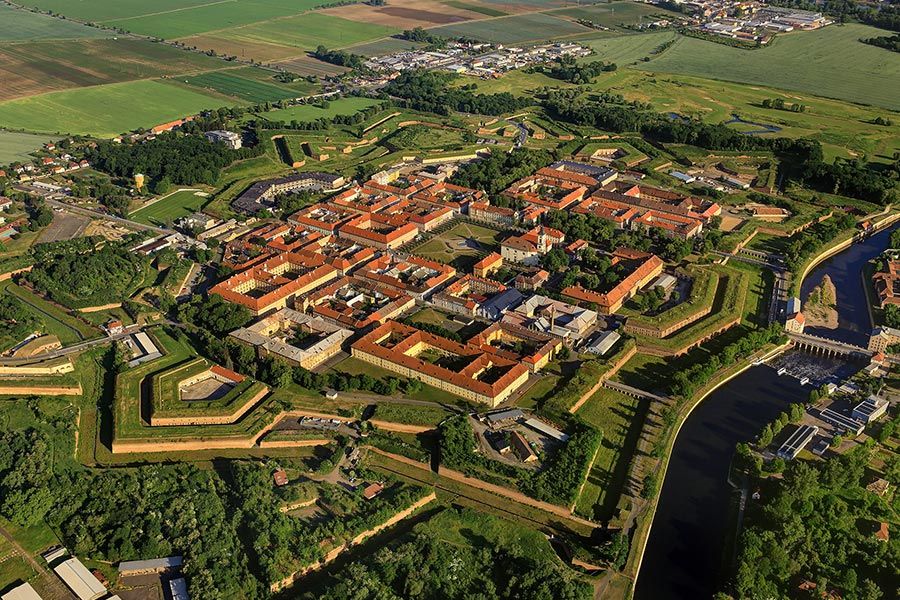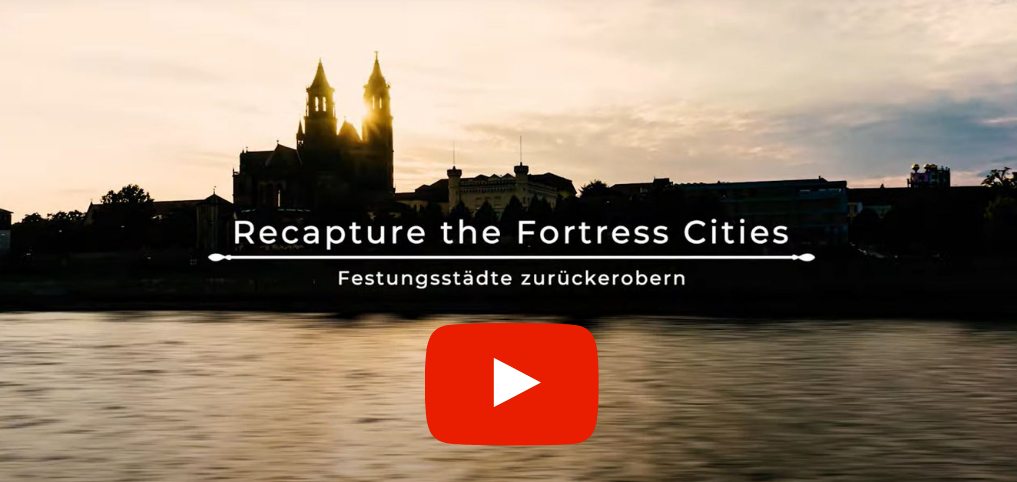The focus of the study visit in Romania, organised from the 20th until the 21st of October 2021, in a hybrid format, by the North-West Regional Development Agency, was the fortified heritage from Transylvania.
Representatives from the 6 partner regions were present on site: City of Magdeburg and The State Chancellery and Ministry of Culture Saxony-Anhalt (Germany), Provincial Government of Teruel and The Government of Aragon (Spain) and the City of Lier, City of Dendermonde and the Regional Landschap De Voorkempen (Belgium). Online, representatives of Usti Region (Czech Republic) and The Presov Self-Governing Region (Slovakia) were present, as well as members of the RFC Local Stakeholder Groups and the larger audience.



The two days agenda included workshops, good practices exchange, exhibitions, virtual tours and on site visits. During the first half of the day, the event was organised at the Tailor’s Tour, Cluj-Napoca, a XV th century monument, were the guest speakers and the participants were engaged in discussions about: fortresses, bastions and Roman sites present within the North-West Region of Romania, as well as the process of revitalizing the built heritage through private initiatives. During our visit to the Roman Castrum Porolissum, in Zalău County, the RFC Romanian external expert, has provided valuable details regarding the history of the site, the rehabilitation works and the revitalization activities.
The second day of the workshop started with a visit at Zalău County Museum of History and Art, where the participants have tested the virtual reality technology used within the CLIO High Tech Exhibition and have toured the permanent history exhibition. After our return to Cluj-Napoca, the interregional workshop concerning solutions to integrate fortifications into the urban planning process was held with the participation of experts from each partner country: Belgium, Czech Republic, Germany, Romania, Slovakia and Spain. After the interregional workshop, the participants had the opportunity to visit the LIMES Exhibition of the National Museum of Transylvanian History and to make a tour of the House of Religious Freedom, one of the oldest residential houses in Cluj- Napoca that has passed through substantial rehabilitation works in recent years.



The study visit was an opportunity to connect with the project’s partners and stakeholders, to present the fortified heritage of Transylvania, to open up debates about the impact of public financing on cultural heritage, on digitalization, on local and urban sustainable planning and on the impact of revitalization within the cultural tourism circuit.
